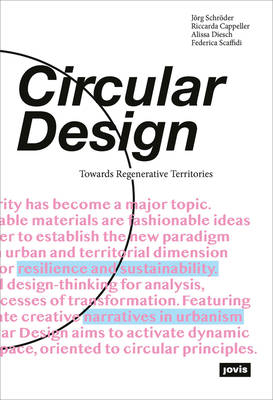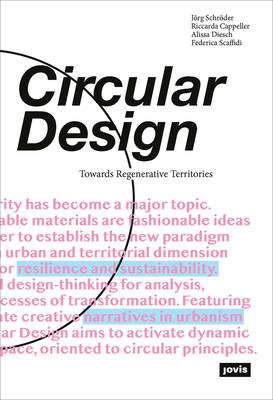
- Retrait gratuit dans votre magasin Club
- 7.000.000 titres dans notre catalogue
- Payer en toute sécurité
- Toujours un magasin près de chez vous
- Retrait gratuit dans votre magasin Club
- 7.000.0000 titres dans notre catalogue
- Payer en toute sécurité
- Toujours un magasin près de chez vous
Circular Design
Towards Regenerative Territories
Jörg Schröder, Alissa Diesch, Riccarda Cappeller, Federica ScaffidiDescription
When it comes to climate change, circularity has become a major topic. Closed loops, reuse, recycling, and renewable materials are already fashionable ideas in architecture and product design. In order to establish the new paradigm of circular design, this book introduces a territorial dimension to the goal of transforming living spaces for resilience and sustainability--and to the use of design-led research and design-thinking as effective forces for analysis, developing concepts and strategies, and cooperative processes of transformation. Featuring case studies from all over Europe that merge creative narratives in urbanism with social innovation and creative industries, Circular Design aims to activate dynamic fields and networks of ideas, people, and space oriented to circular principles.
Spécifications
Parties prenantes
- Auteur(s) :
- Editeur:
Contenu
- Nombre de pages :
- 240
- Langue:
- Anglais
Caractéristiques
- EAN:
- 9783868597455
- Date de parution :
- 12-01-23
- Format:
- Livre broché
- Format numérique:
- Trade paperback (VS)
- Dimensions :
- 150 mm x 218 mm
- Poids :
- 566 g

Les avis
Nous publions uniquement les avis qui respectent les conditions requises. Consultez nos conditions pour les avis.






